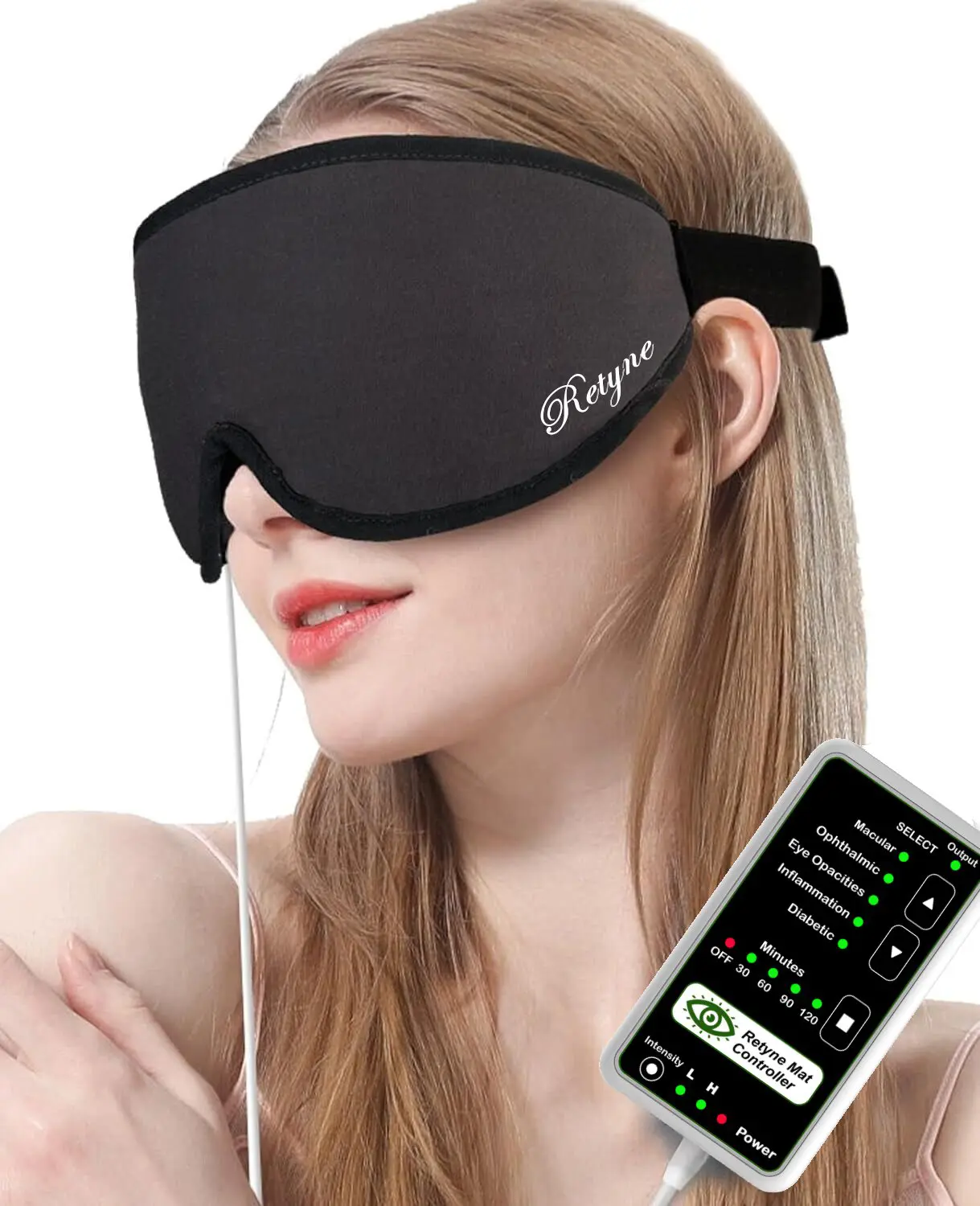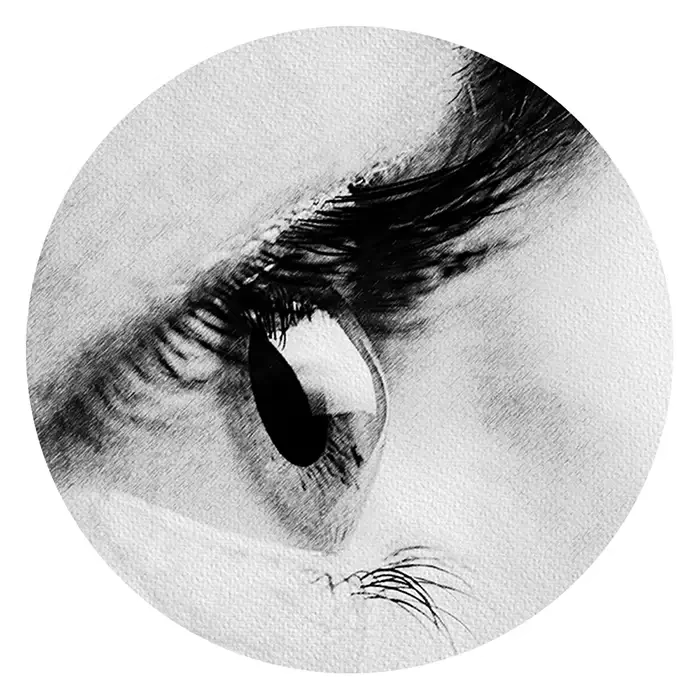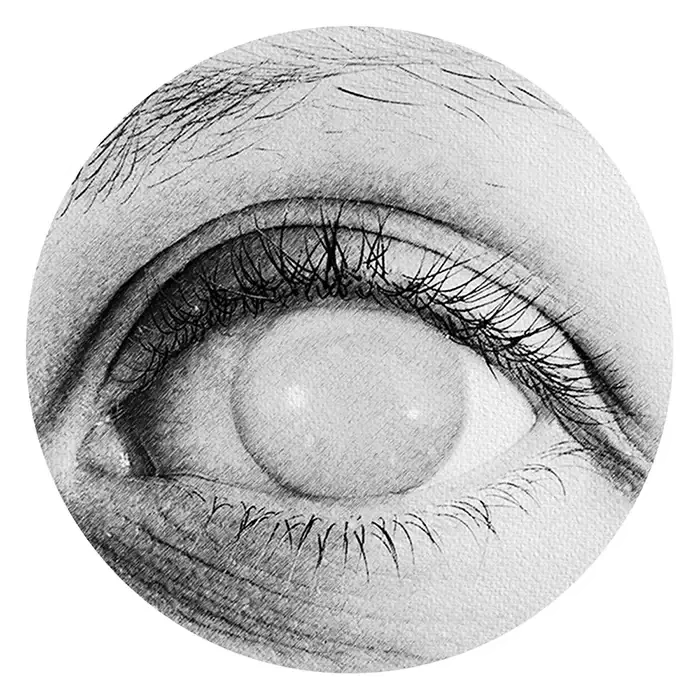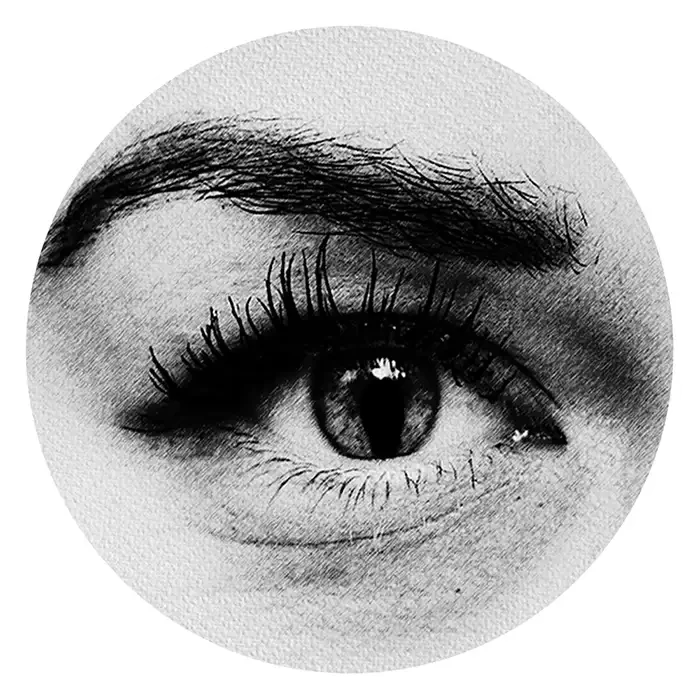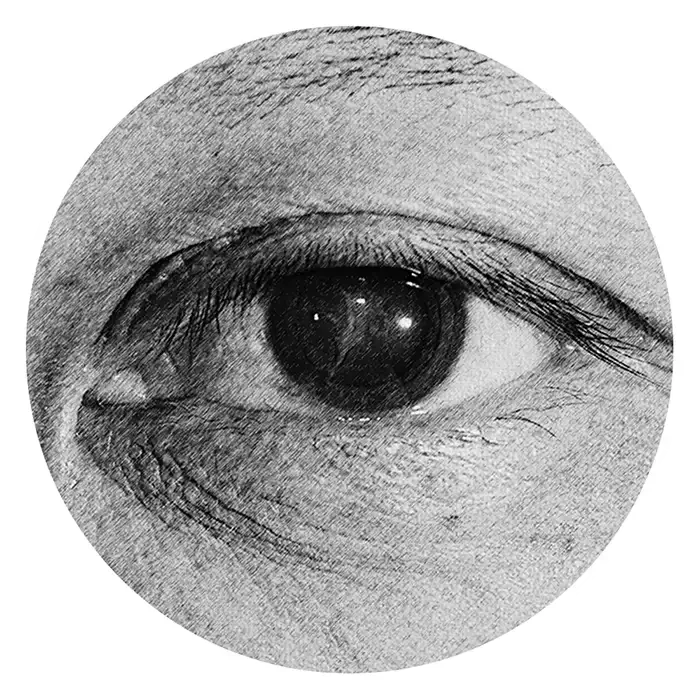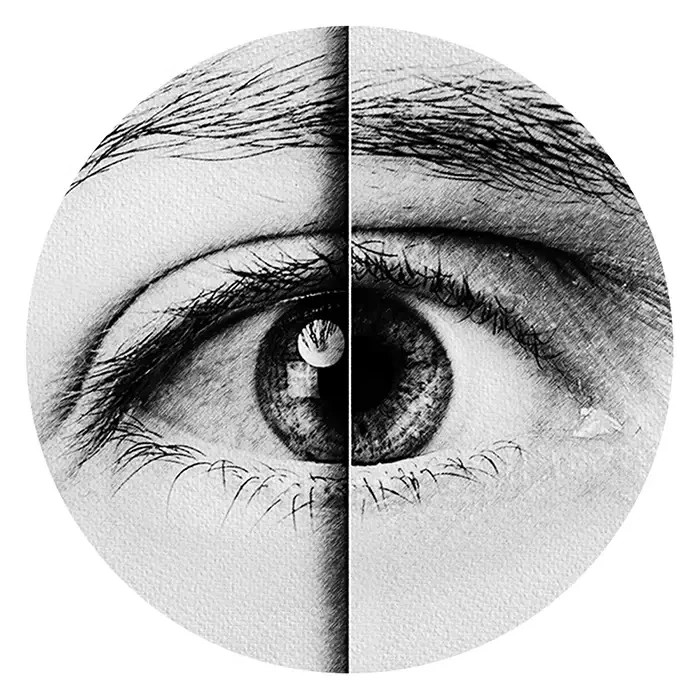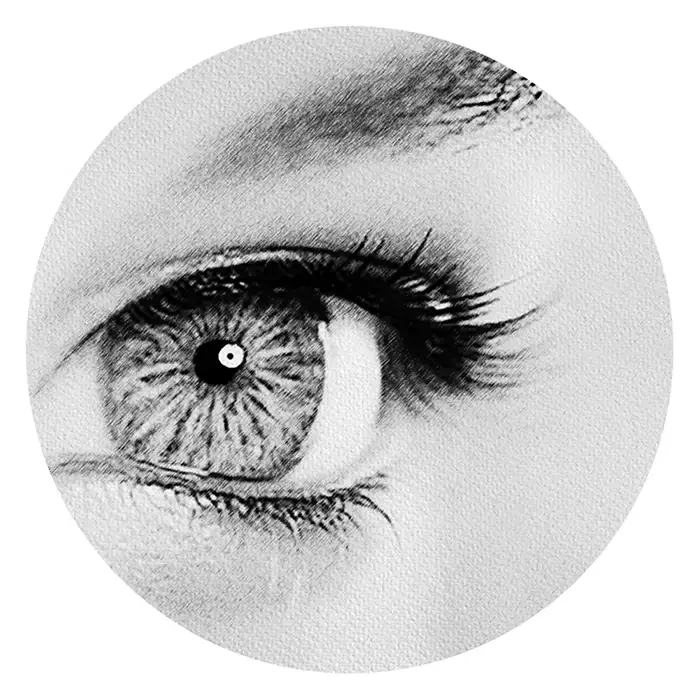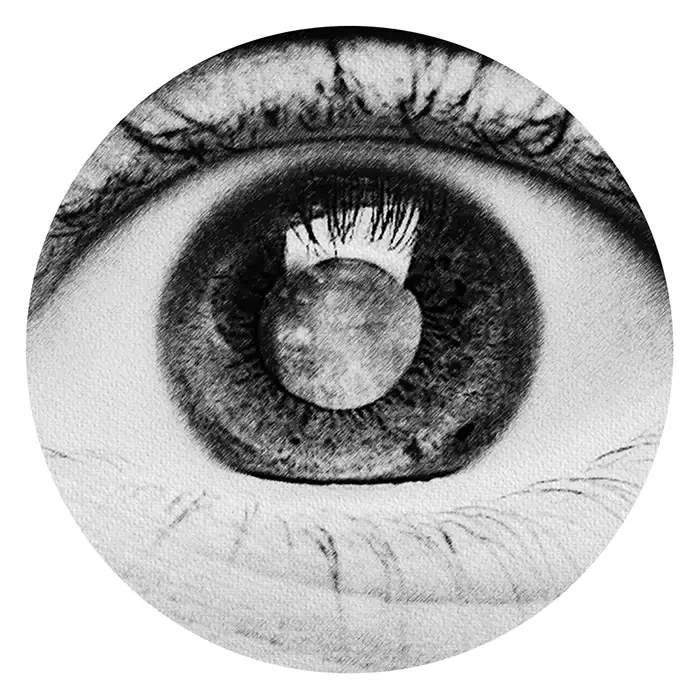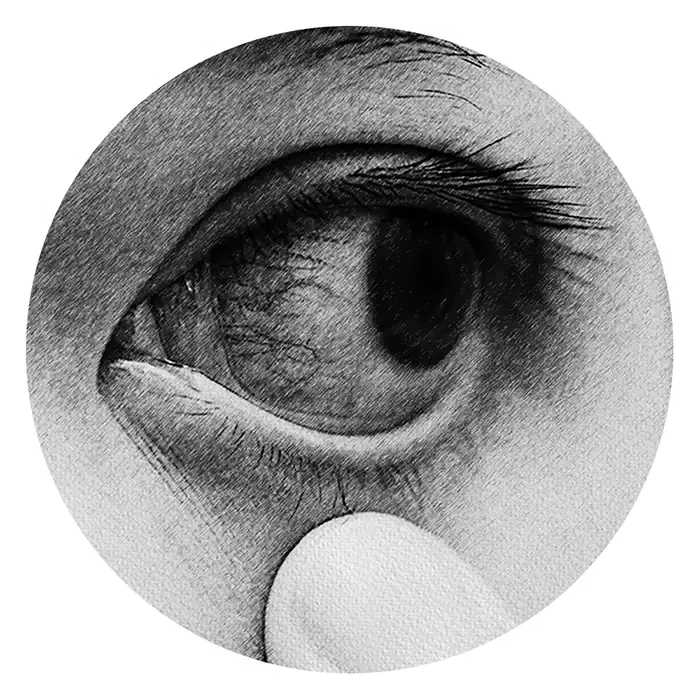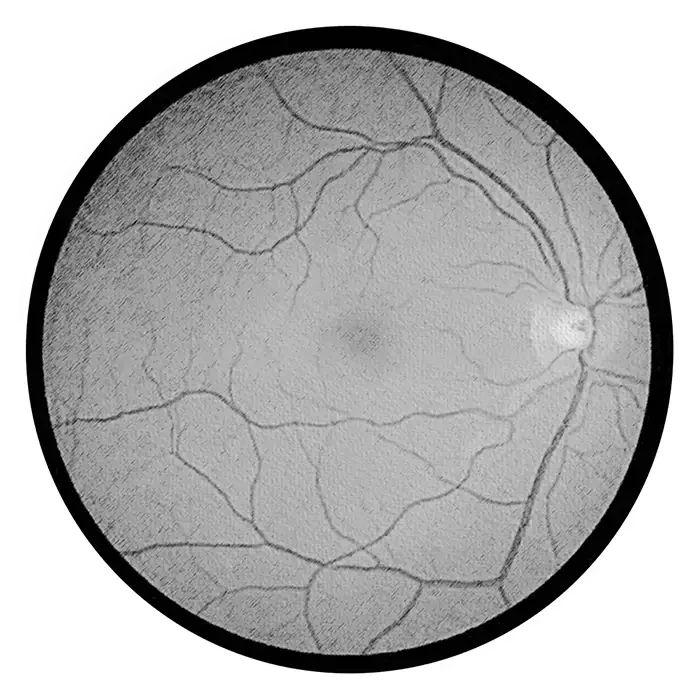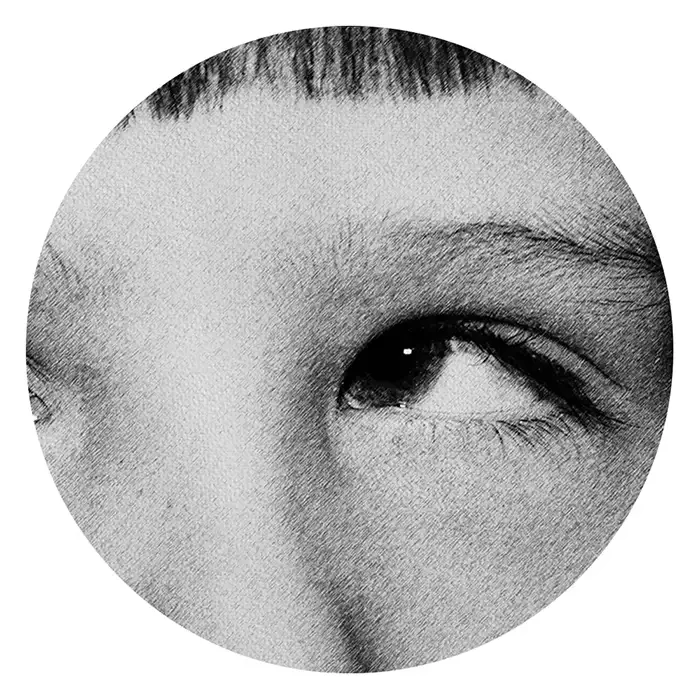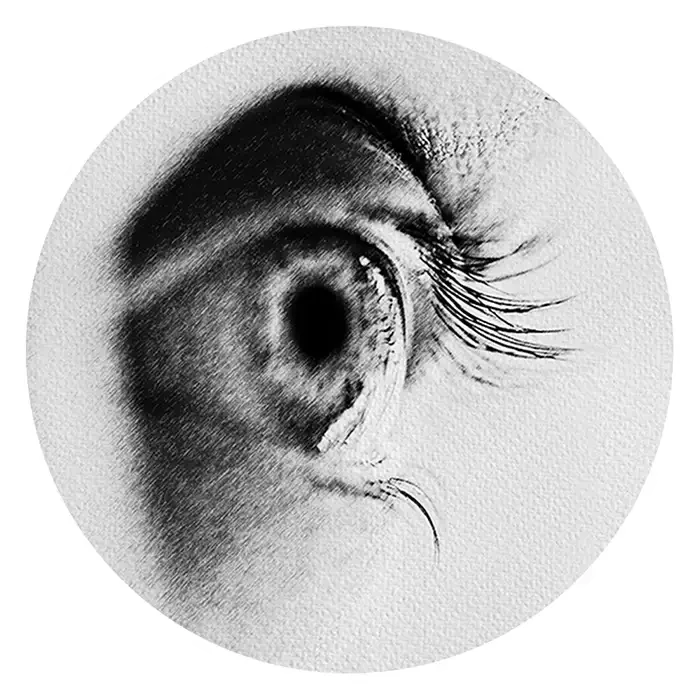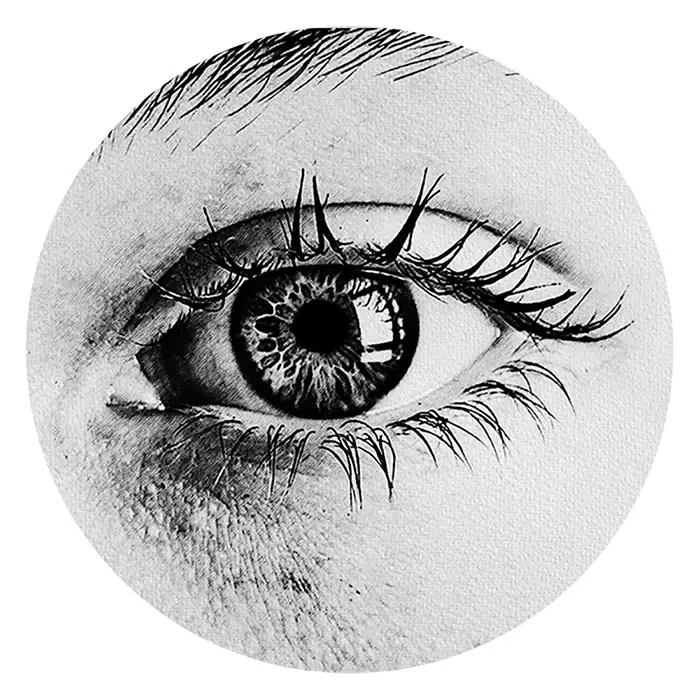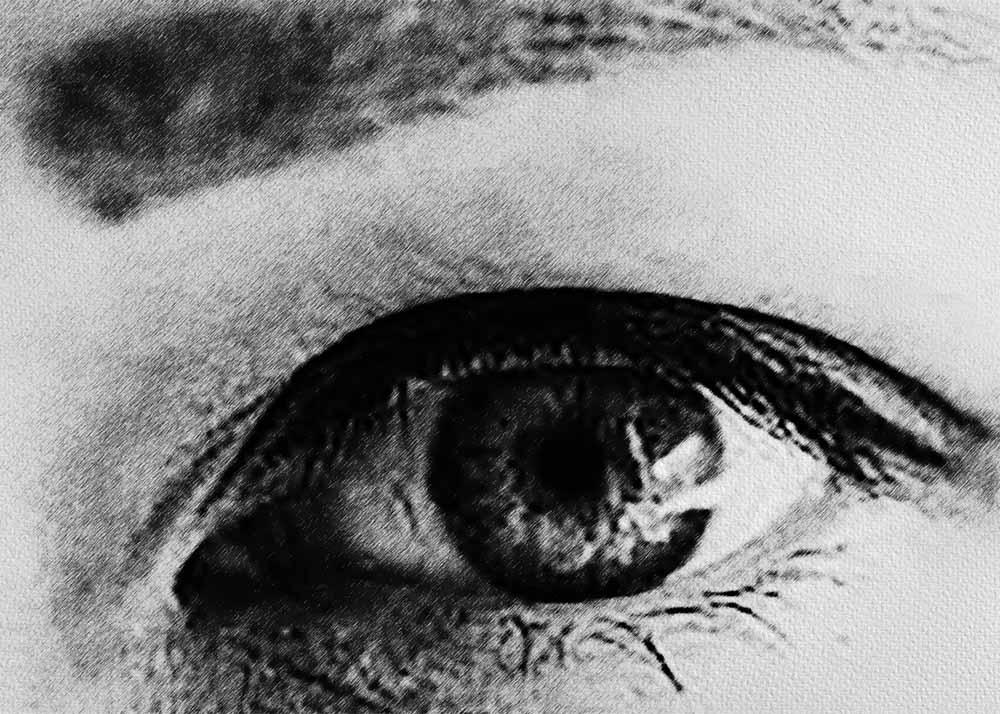
Understanding Corneal Abrasions: Types, Diagnosis, and Treatment
Corneal abrasions represent a common yet painful eye injury characterized by a scratch or scrape on the surface of the cornea, the transparent outer layer of the eye. These abrasions can occur due to various factors, including foreign objects, contact lens wear, trauma, or underlying eye conditions. There are two main types of corneal abrasions: simple and recurrent. Simple corneal abrasions typically heal within a few days with proper treatment, while recurrent abrasions may occur repeatedly, leading to chronic discomfort and vision issues.
Diagnosing corneal abrasions involves a thorough examination by an eye care professional. Symptoms such as eye pain, redness, tearing, light sensitivity, and blurred vision are indicative of a corneal injury. Specialized tests such as fluorescein staining may be performed to visualize the extent and location of the abrasion. Prompt diagnosis and treatment are essential to prevent complications and promote healing of the corneal tissue.
The Retyne Infrared Eye treatment mask offers a promising approach to managing the symptoms of corneal abrasions and promoting faster healing. Program #2 on the Retyne controller delivers targeted therapy using invisible infrared light, which penetrates deep into the corneal tissue to stimulate cellular repair processes. By enhancing circulation, reducing inflammation, and accelerating tissue regeneration, the Retyne mask provides relief from pain and discomfort associated with corneal abrasions.

In addition to its therapeutic benefits, the Retyne mask offers convenience and ease of use, allowing individuals to receive treatment in the comfort of their own homes. The non-invasive nature of infrared therapy makes it suitable for individuals of all ages, including children and the elderly. Regular use of the Retyne mask as part of a comprehensive treatment regimen can help expedite the healing process and restore visual comfort for individuals suffering from corneal abrasions.
Furthermore, the Retyne Infrared Eye treatment mask complements traditional treatment modalities such as lubricating eye drops, antibiotics, and protective eyewear. By incorporating infrared therapy into the management plan for corneal abrasions, healthcare providers can offer patients a holistic approach to healing and symptom relief. Overall, the Retyne mask represents a valuable tool in the armamentarium for treating corneal abrasions, providing hope and healing for those affected by this common eye injury.
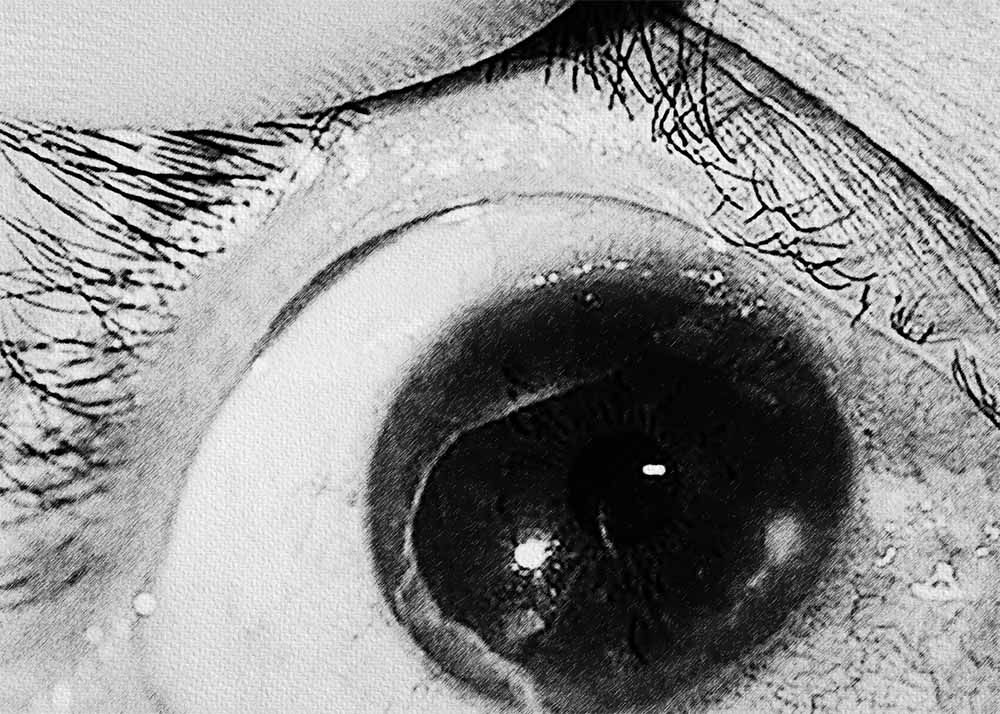
The Retyne eye treatment mask utilizes a general selection of frequencies (0.07, 0.12, 0.6, 0.87, 2.25, 22.5, 187.5, 396.5, 587.5, 696.5) specifically tailored to address Corneal Abrasion. These frequencies have been selected for their proven effectiveness in managing and treating this visual condition. Retyne's approach involves converting each frequency into invisible infrared light output, marking a groundbreaking fusion of frequencies with light—a pioneering technology pioneered by Retyne Labs.
Inspired by the groundbreaking work of Dr. Rife, who identified healing properties in specific frequencies and utilized light for their transmission, Retyne's innovative method capitalizes on current research on invisible infrared technology and builds upon past studies on light transmission through frequency sources. The result is the Retyne eye Treatment Mask, a convergence of state-of-the-art advancements in the field of visual care.

The general set group exists at program 811: Corneal Abrasion: 0.07, 0.32, 0.95, 7.5, 84, 193.93, 237.5, 487.5, 706.21, 946.5
Compatibility
Standalone controller (Program #2) (Controller shipped with Retyne Eye Treatment Mask)
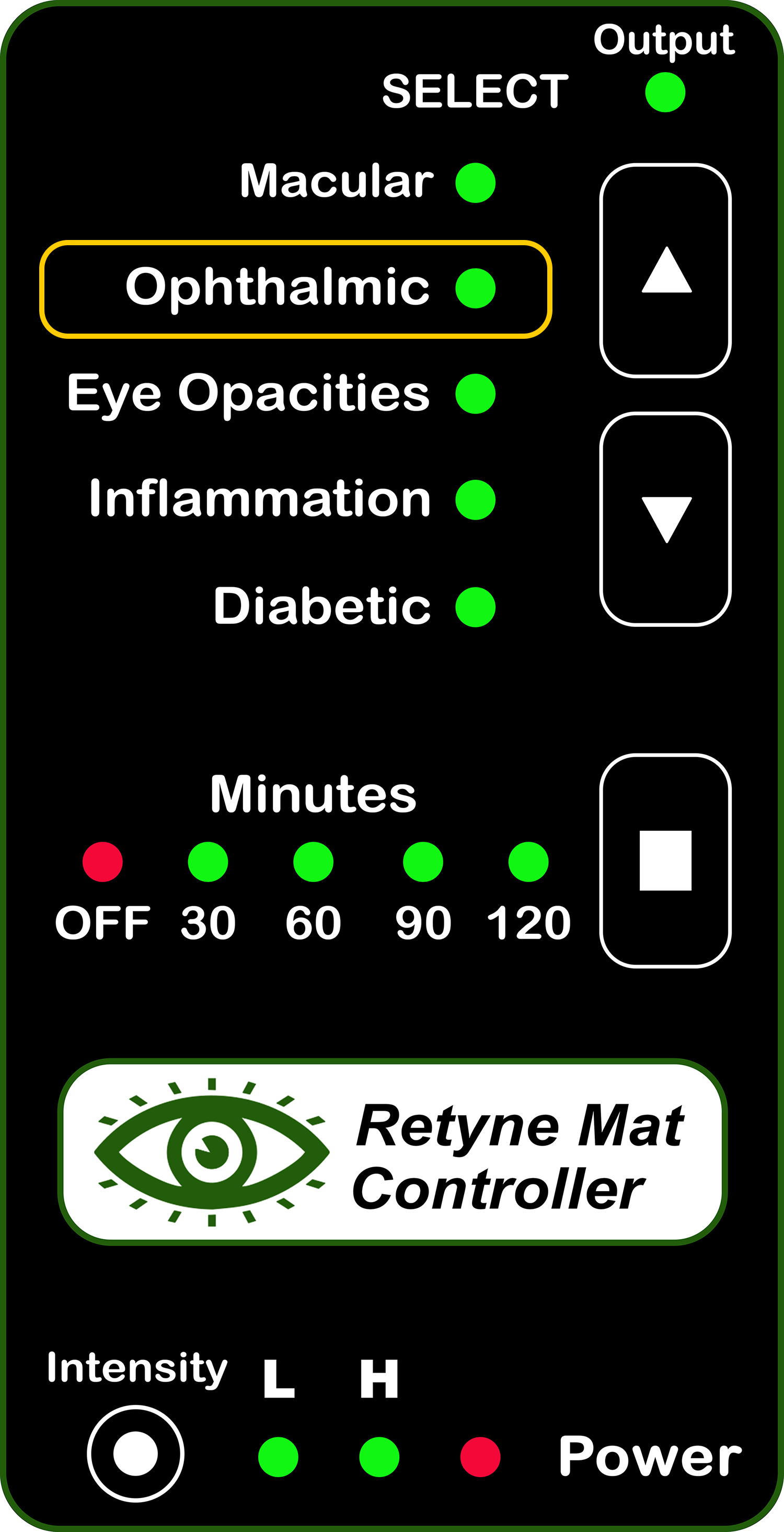
RDPV4 (Direct connect, use group 811)
RDPV4 Light Mask Program button 2
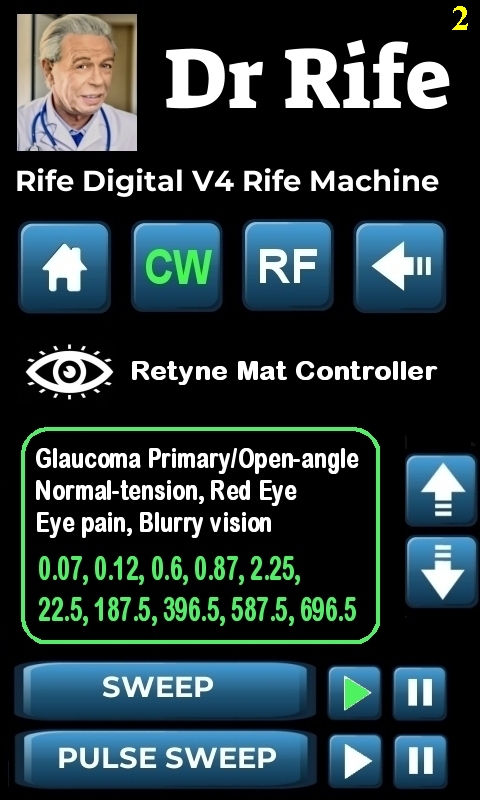
Click here for instructions on using the Retyne Mask + Controller
